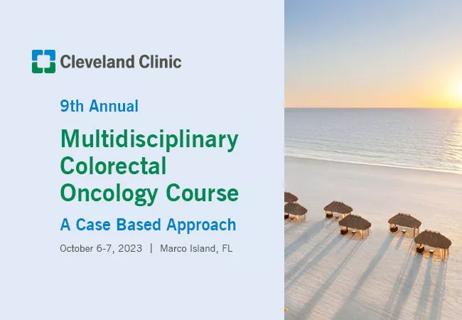Approval may spur competition, cost savings

The Food and Drug Administration’s approval of Zarxio® (filgrastim-sndz) on March 6th as the first biosimilar product in the United States could be the start of substantial pharmaceutical cost savings for hospitals and patients.
Cleveland Clinic is a non-profit academic medical center. Advertising on our site helps support our mission. We do not endorse non-Cleveland Clinic products or services. Policy
A biosimilar product is a biological product that is approved based on evidence that it is highly similar to an already-approved biological product, known as a reference product.
Biosimilar drugs have the same potential for cost savings as do generic drugs, which have now been on the market for around 30 years. “The biological products tend to be products that have very high prices,” John Jenkins, MD, Director of the Office of New Drugs in the FDA’s Center for Drug Evaluation and Research, told reporters. “With competition [from biosimilars], one of the goals is to see hopefully lower prices to make access better for the patients who need these products.”
“For a long time, there have been generic drugs equivalent to brand name drugs that are easy to reproduce from a pharmacologic standpoint,” says Cleveland Clinic oncologist and Chairman of the Pharmacology and Therapeutics (“P & T”) Committee Hematology Oncology Specialty Panel Brian Hill, MD, PhD. “Most have a simple and defined structure that can be replicated exactly, which makes them identical products. Some of the newer biologic agents, especially those used as cancer treatments, are not as easy to replicate.”
The Biologics Price Competition and Innovation Act, part of the Affordable Care Act that became law in 2010, created a streamlined licensure process for biological products shown to be biosimilar to or interchangeable with an FDA licensed biological product. Biosimilar drugs must show that they have no clinically meaningful differences from the reference product in terms of safety and effectiveness. Only minor differences in clinically inactive components are allowed.
It is important to note that Zarxio has been approved as a biosimilar, not as an interchangeable product. Unlike biosimilars, an interchangeable may be substituted for the reference product without the intervention of the health care provider who prescribed the reference product.
Zarxio, a Sandoz, Inc., product, is biosimilar to Amgen Inc.’s Neupogen® (filgrastim), and is approved for the same postchemotherapy indications. “Neupogen is frequently used after chemotherapy to reduce the period of immune suppression,” says Dr. Hill. “Neupogen has been proprietary for a long time and is therefore expensive.”
Dr. Hill believes that FDA approval of Zarxio could result in a significant cost savings for the health care system and for patients. Patients who would ordinarily pay for the proprietary product may pay lower prices for a biosimilar because of competing manufacturers driving down the cost. “I’ve also found that in some cases, insurance companies won’t pay for Neupogen at all, so it’s good to have a less costly alternative,” he says.
The FDA’s approval of Zarxio is based on a review of evidence that included structural and functional characterization, animal study data, human pharmacokinetic and pharmacodynamics data, clinical immunogenicity data and other clinical safety and effectiveness data that demonstrates Zarxio is biosimilar to Neupogen. “Once they’ve been approved by the FDA, biosimilars are medically equivalent to proprietary products,” Dr. Hill says. “Although we will be reviewing the evidence for this particular drug, we are very comfortable with biosimilars overall.”
Dr. Hill believes that FDA approval of the first biosimilar could pave the way for additional, less expensive versions of biological drugs for other conditions. “Because biologics are also used to treat diseases such as autoimmune or rheumatologic disorders, we may also see cost savings for those conditions in the future,” he says.

Timing and type of side effects differ greatly from chemotherapy

Dedicated multidisciplinary teams support 84 ultra-rare cancers

Sessions explore treatment advances and multidisciplinary care

New research from Cleveland Clinic helps explain why these tumors are so refractory to treatment, and suggests new therapeutic avenues

Combination of olaparib and carboplatin results in complete durable response for a patient with BRCA2 and “BRCAness” mutations

Early communication between oncologists and ophthalmologist warranted

Case-based course delves into latest treatment approaches

Long-term relationship building and engagement key to gaining community trust